How to steam a pudding
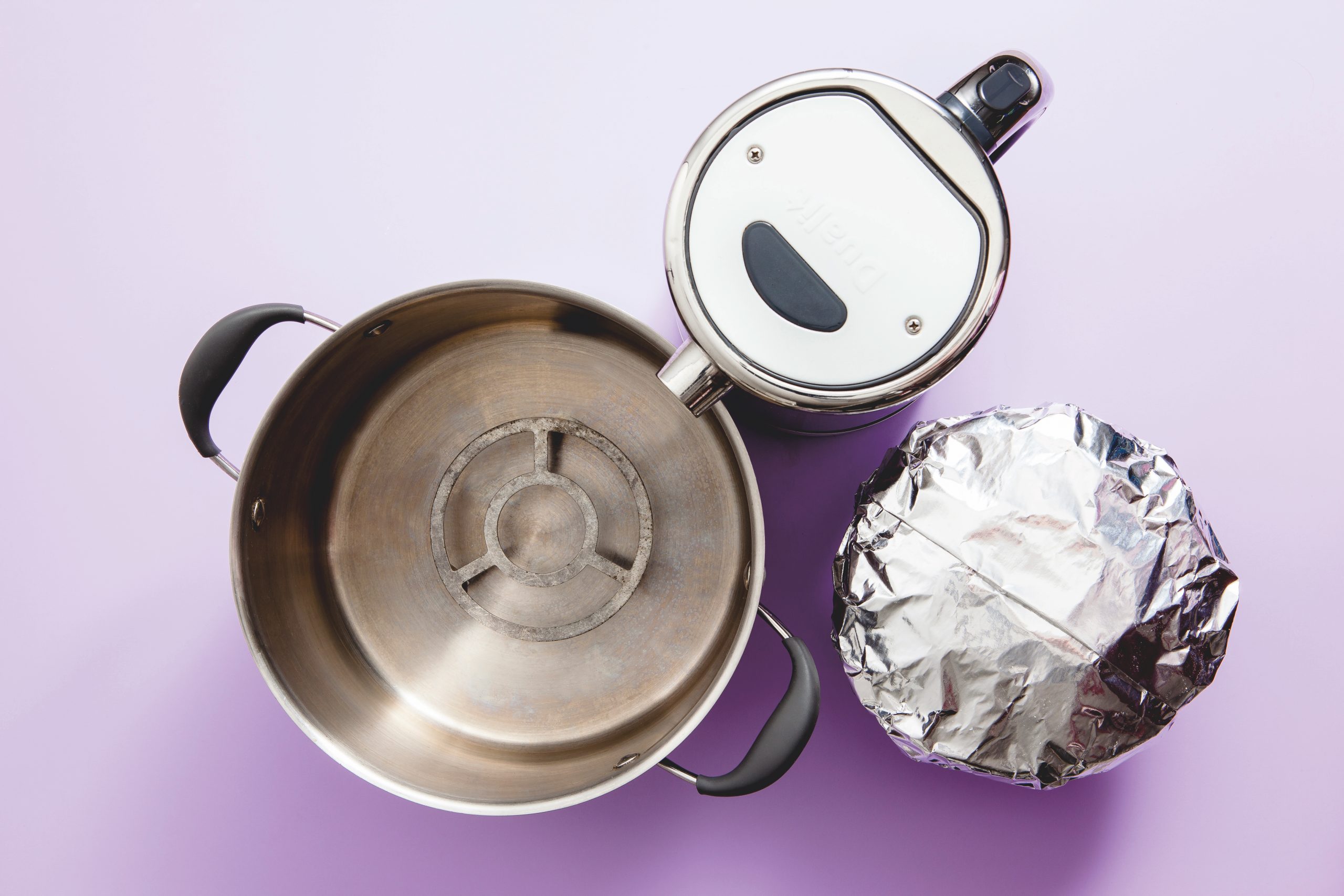

Find out everything you need to know about steaming a pudding including what equipment you need, how to steam, and even the best pudding bowls for steaming too.
Always wanted to know how to steam a pudding? Our step-by-step guide takes you through each stage of steaming a pudding.
Steaming may seem like an odd way to cook a pudding but it’s the perfect way to keep what is quite a dense dish moist. Steaming a pud is often associated with sweet puddings like Christmas pudding or chocolate pudding, however, you can cook savoury puddings, for example, steak and kidney pudding, in this way too.
Traditionally, puddings were steamed in a large pan on a stove, but modern technology enables us to steam a pudding in an oven, slow cooker, or electric steamer.
Where steamed puddings once contained suet, which makes them distinctly non-vegetarian (suet is the fat from around the kidneys of cows and mutton), today you’ll find recipes without this ingredient or with a vegetable alternative.
You can learn how to steam a pudding by watching our video above, which shows how to prepare a pudding basin, and how to create a pleat and tie it securely before steaming it in a large pan. We’ve got the method listed below for you too.
What equipment do you need to steam a pudding? Top tips on steaming a pudding How to steam a pudding How to steam a pudding in the oven How to steam a pudding in a slow cooker How to steam a pudding in an electric steamer How to store a steamed pudding Steamed pudding recipes Best pudding bowls for steaming
GoodtoKnow Newsletter
Parenting advice, hot topics, best buys and family finance tips delivered straight to your inbox.
What equipment do you need to steam a pudding?
You will need some specific equipment when it comes to steaming a pudding to ensure you get a perfectly steamed pudding each time. You will need:
- A pudding basin
- A sheet of baking paper that’s larger than the pudding basin rim
- A sheet of foil
- Kitchen string
- A large pan with a lid
- A trivet set, an upturned saucer, or a roll of scrunched foil – anything to keep the pudding basin off the base of the pan
Top tips on steaming a pudding
First and foremost, don't overfill the pudding basin. Leave a 2-3cm gap between the mixture and the rim.
When you place the pudding bowl in the saucepan it's important that the water is halfway up the side of the bowl. This will ensure your pudding cooks properly.
How to tell the pudding is cooked
To test if the pudding is cooked insert a skewer, piercing the foil and paper. Wiggle the skewer to make the foil and paper hole a bit bigger than the skewer and pull out. If the skewer comes out clean the pud is cooked; if not pop back in and carry on cooking for another 10-20 mins at a time.
You’ll be glad to know that you can’t really overcook a steamed pudding. We wouldn’t recommend steaming any longer than half-hour to an hour after the time suggested on the recipe. The pudding won’t dry out but other ingredients may spoil if overcooked.
How do you steam a Christmas pudding?
Use the same process of steaming to cook a Christmas pudding but be aware that it will take longer than a lighter sponge pudding – a Christmas pud takes around 2-5 hours to cook depending on its size, while a smaller sponge pudding is usually ready in under 2 hours.
How to steam a pudding
How to steam a pudding: Step 1
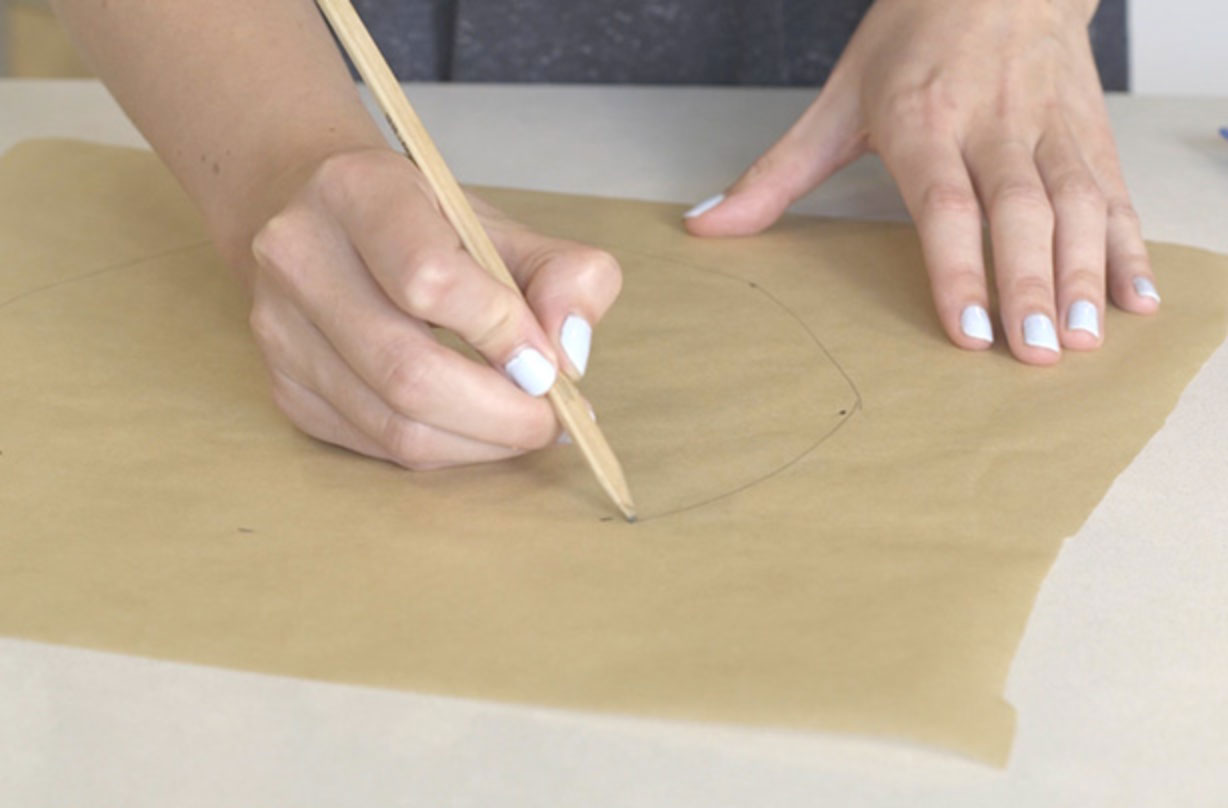
On a sheet of baking paper, cut a circle 5cm larger than your pudding basin. To do this, use a ruler to help you mark a circle of dots from where the center of the bowl would be then join them up with a pencil.
How to steam a pudding: Step 2
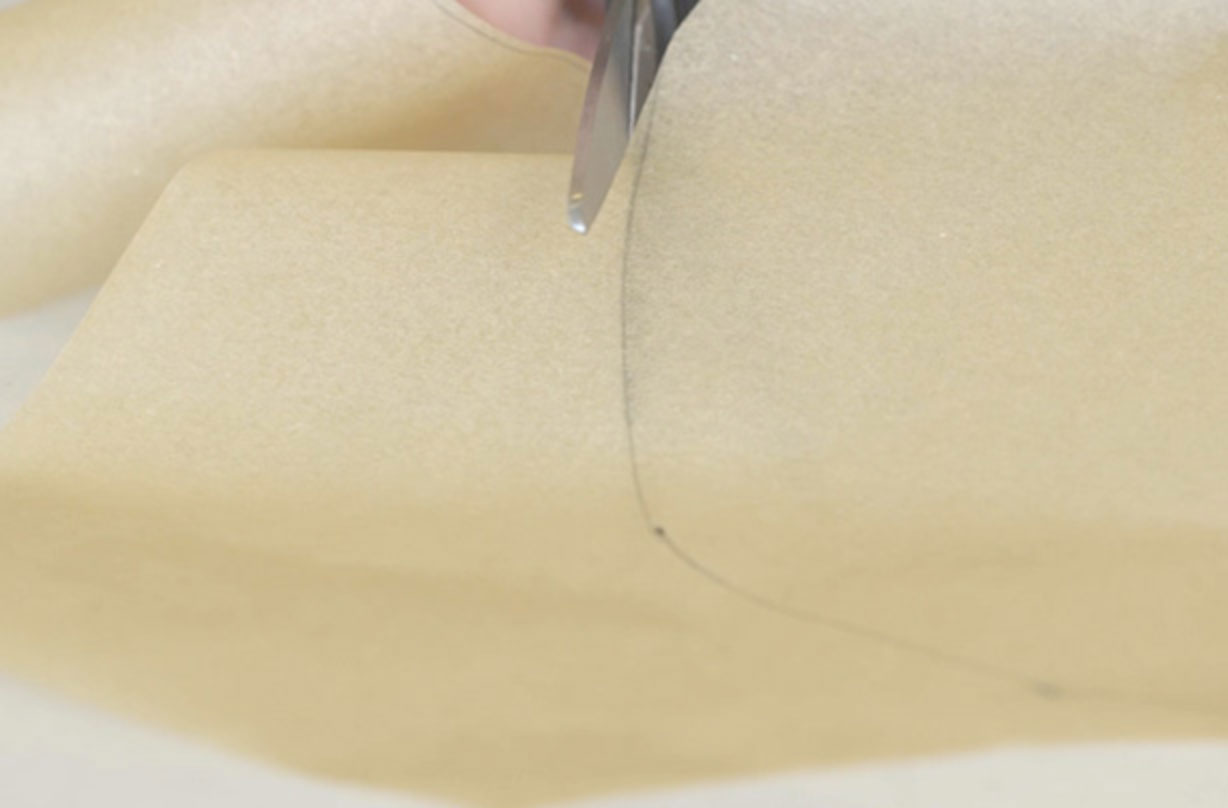
Cut around this shape – it doesn’t matter if it’s not a perfect circle, but the important thing is that it is larger than the pudding basin.
How to steam a pudding: Step 3
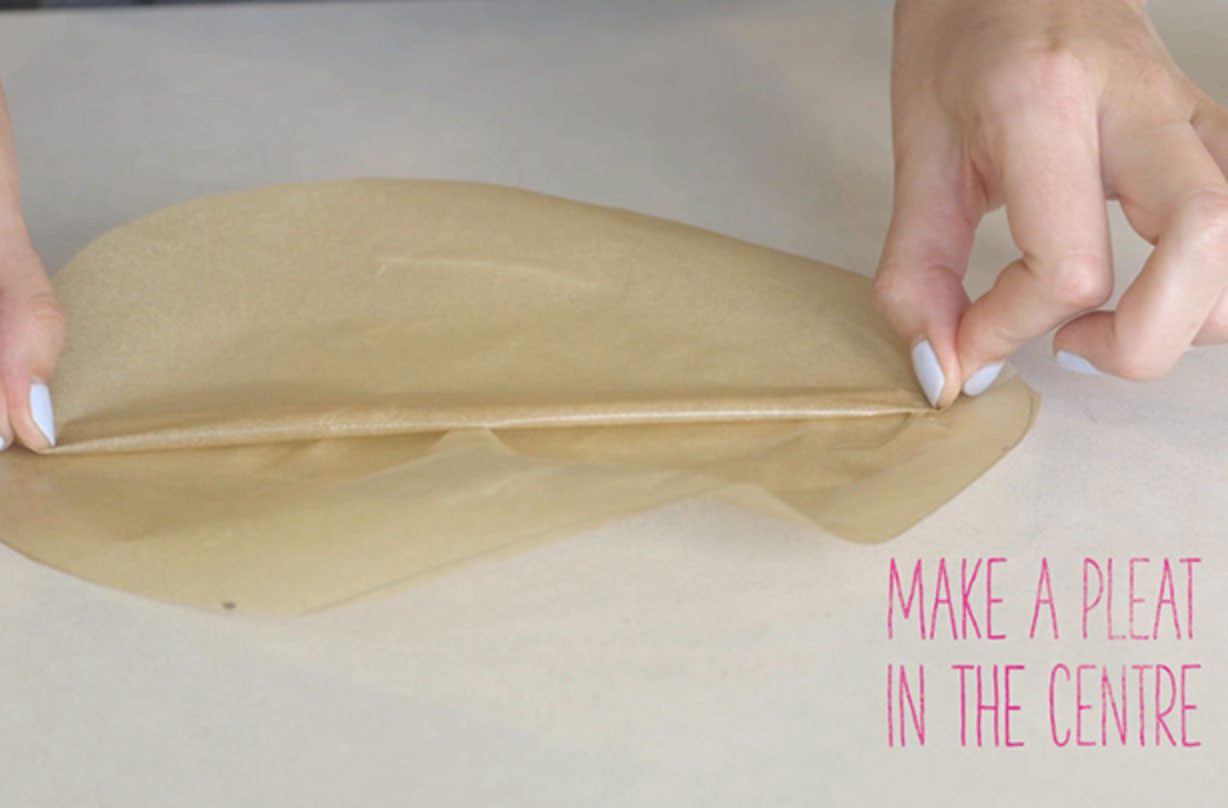
Grease the paper circle with a little butter, then make a pleat at the centre by folding the paper in on itself, as shown in the video.
How to steam a pudding: Step 4
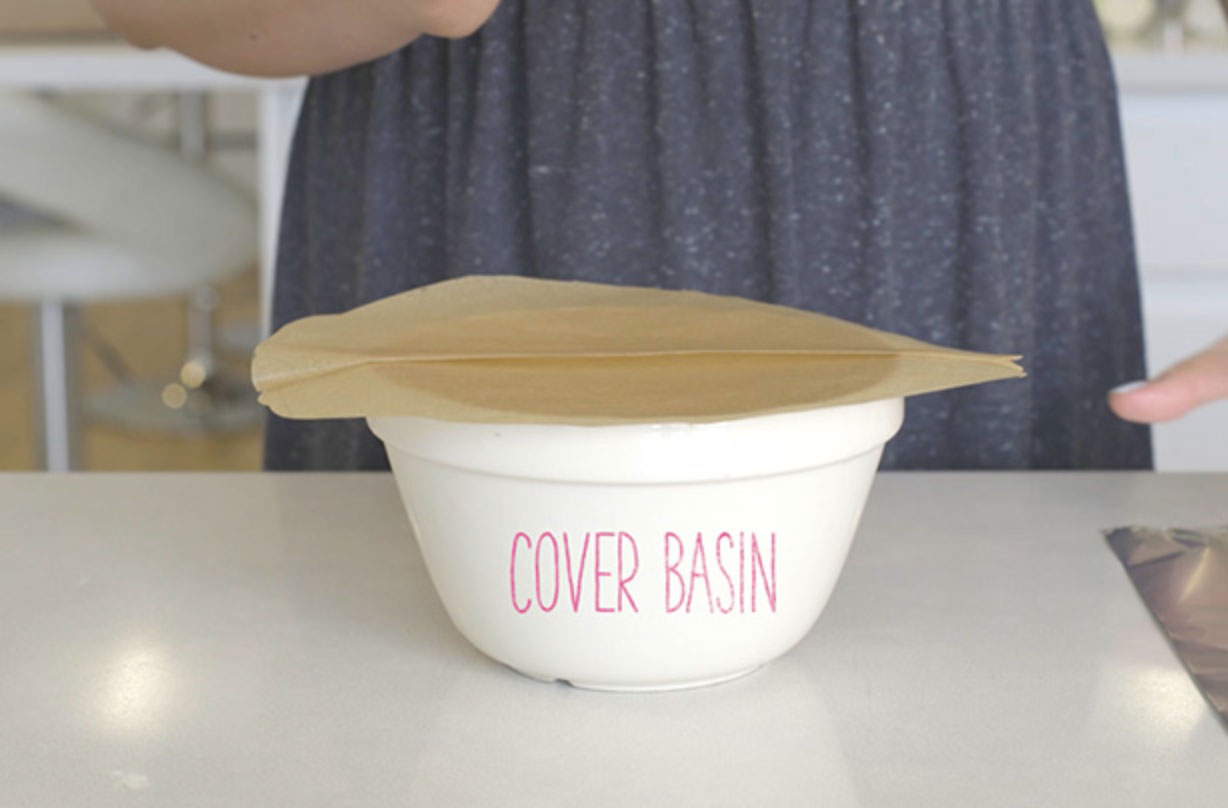
Place the paper circle, greased side down, over your pudding to cover the basin.
How to steam a pudding: Step 5
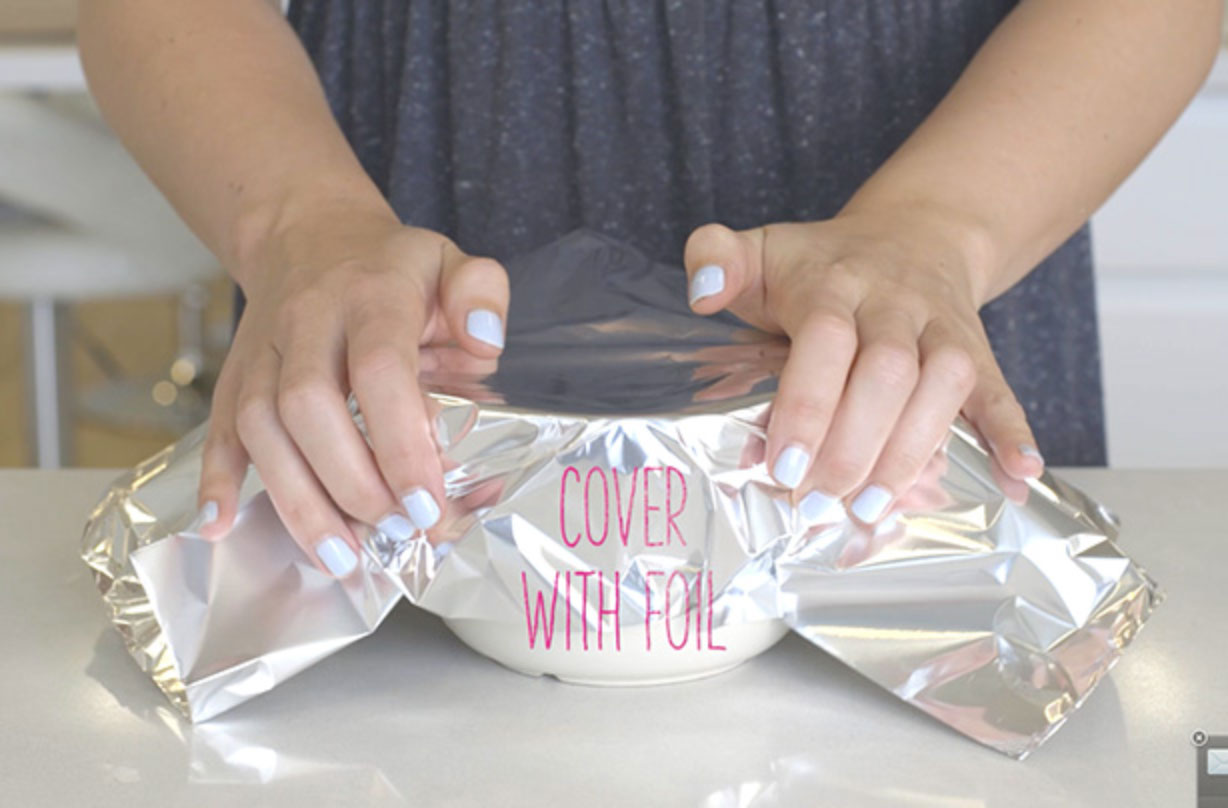
Cover with foil, folding down the sides to keep it in place over the pudding basin.
How to steam a pudding: Step 6
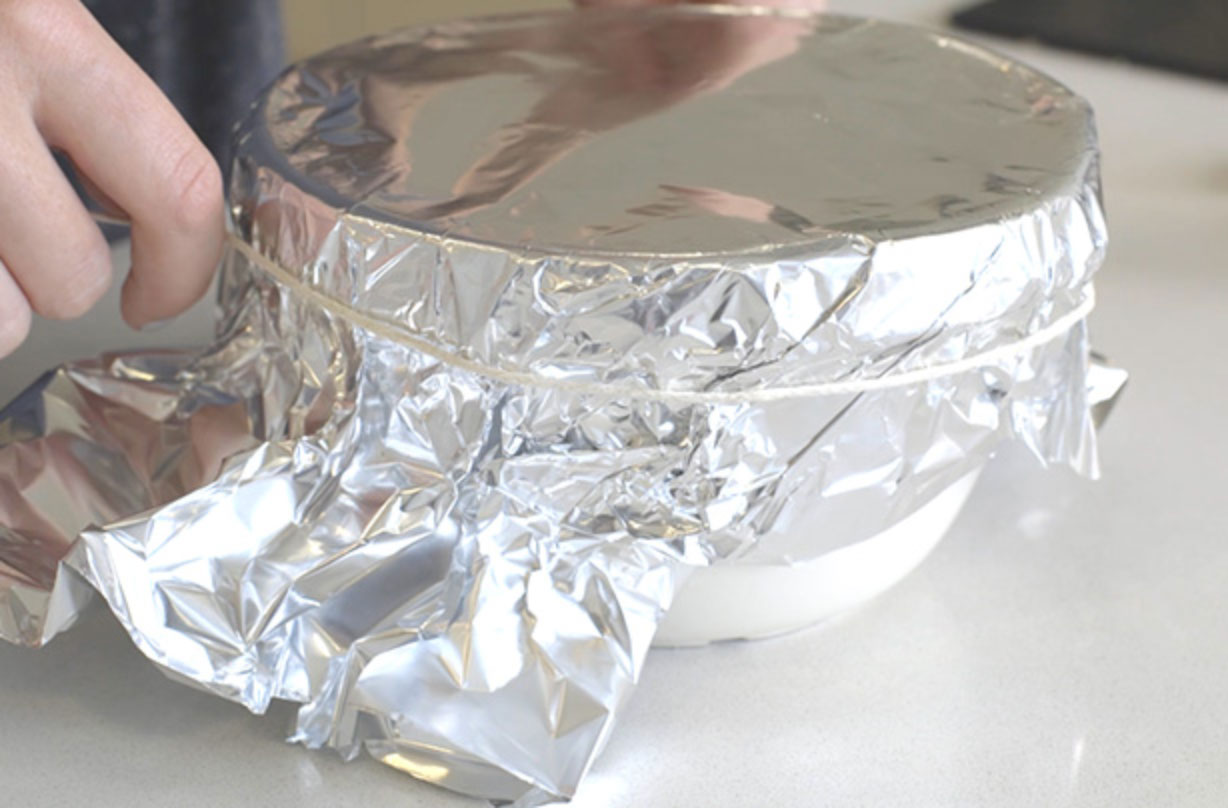
Tie securely with kitchen string.
How to steam a pudding: Step 7
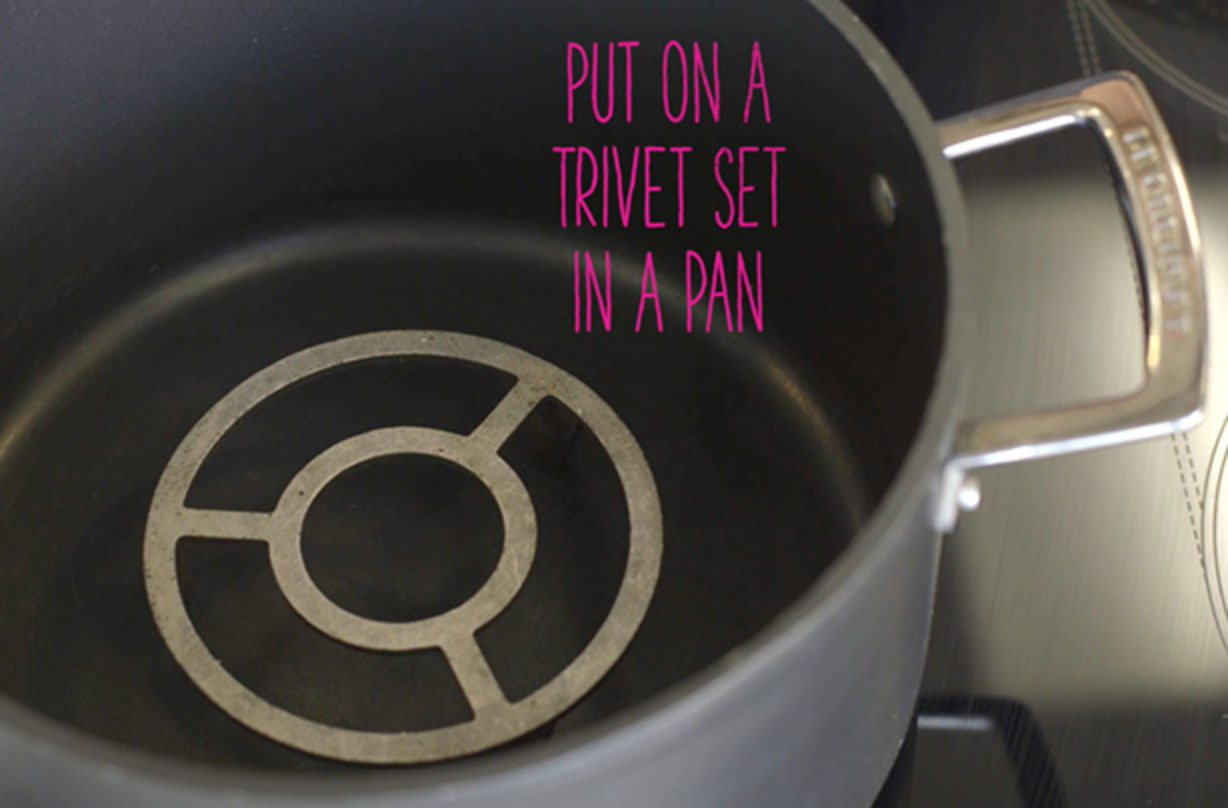
Place a trivet set in a large pan and place your pudding on top – or you could use an upturned saucer at the bottom of the pan, or even scrunched foil.
How to steam a pudding: Step 8
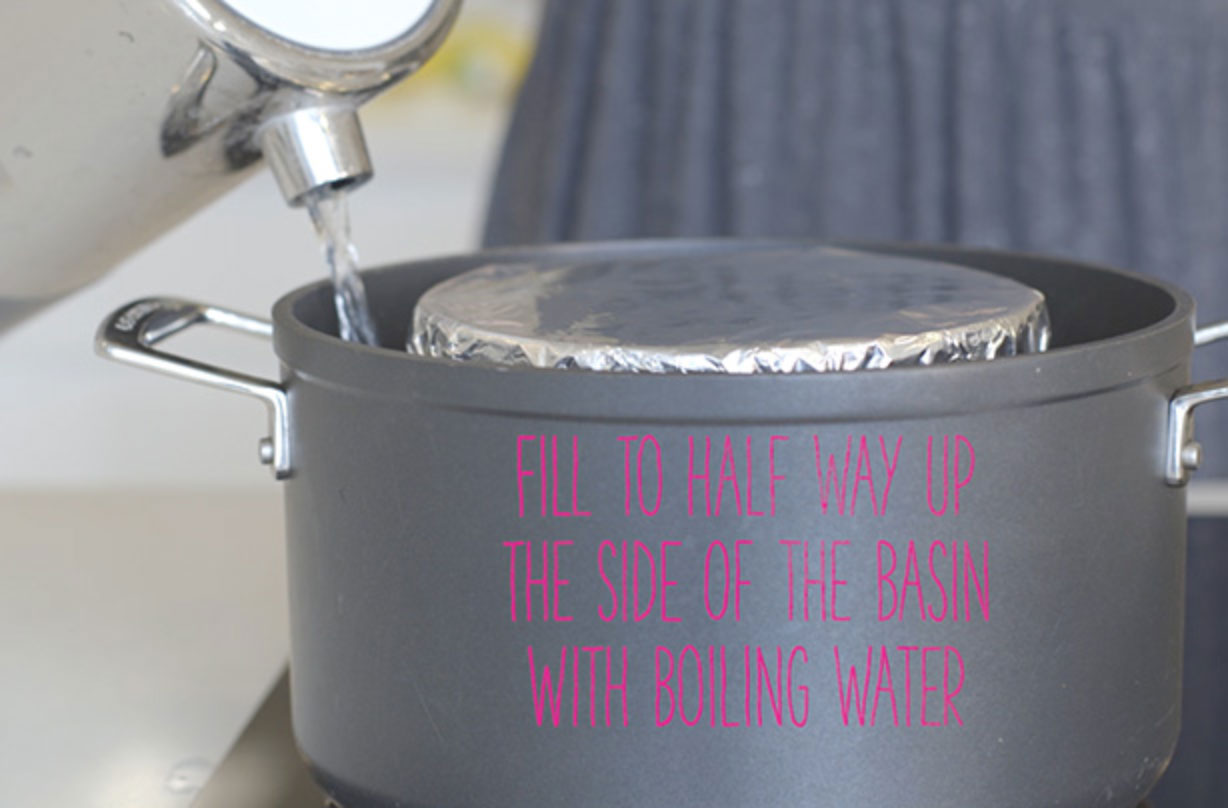
Fill to half-way up the side of the basin with boiling water, then cover, and steam for 2 hours, or until cooked. Check it occasionally and top it up with more water if necessary.
How to steam a pudding in the oven
If you’d like to steam a pudding in the oven:
- Fill a roasting tin with hot water half-way and place a metal rack on top. Put the covered pudding on the rack.
- Cover the pudding in a foil ‘tent’ to capture the steam and cook for around 1hr 30 minutes to 1hr 45 minutes on medium heat (180°C/350°F/gas 4) or to the recipe's instructions.
- Regularly check the water while it’s cooking and top up if required.
How to steam a pudding in a slow cooker
Slow cookers are so versatile you can even use one to steam a pudding.
- Fill the slow cooker with enough hot water to come half-way up your covered pudding basin
- Steam for around 2-3 hours on high, depending on the recipe. It's important that you keep the water topped up so the cooker doesn't run dry.
How to steam a pudding in an electric steamer
Using the same process as you would a slow cooker:
- Fill the electric steamer with hot water – it needs to come up half-way to cover the pudding basin.
- Steam for around 1-2 hours, depending on the recipe. Don't forget to keep adding water so it doesn't dry out.
How to store a steamed pudding
Steamed pudding usually contains self-raising flour, which is an active ingredient, so aim to steam it as soon as you've prepared it.
If you can’t finish the whole thing, cover the leftovers in clingfilm and store them in the fridge. It should last for a couple of days but may become drier over time. You can reheat it once more – try heating it up in the microwave for 2 minutes until it’s hot.
You can usually freeze a steamed pudding in an airtight container then gently reheat when you want to eat it.
Our favourite steamed pudding recipes
Golden syrup pudding
This sweet recipe is infused with super-sweet golden syrup, which makes it popular with the kids. Serve with a big dollop of whipped cream or custard for a warming treat.
Get the recipe: Golden syrup pudding
Christmas pudding
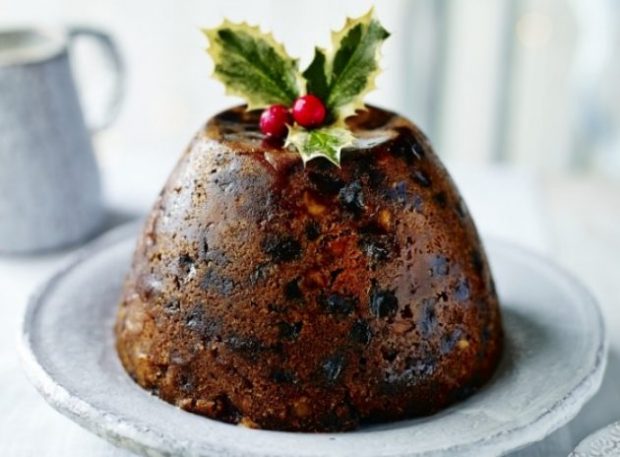
A true classic and possibly the most famous of all the steamed puds, you can't go wrong with Mary Berry's take on a Christmas pudding.
Get the recipe: Mary Berry's Christmas pudding
Spotted dick
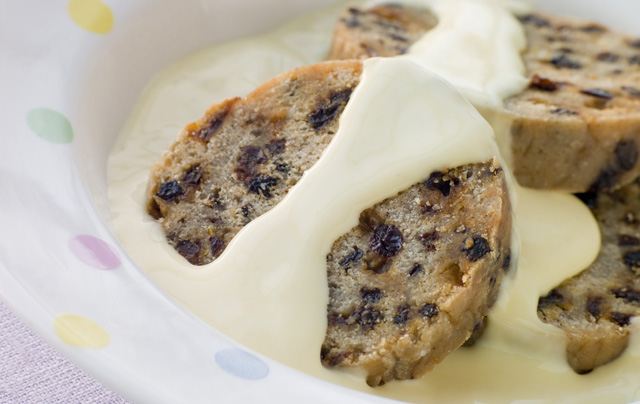
Spotted dick is a popular British desserts. A common sight on gastropub menus, it's surprisingly easy to recreate at home.
Get the recipe: Spotted dick
Best pudding bowls for steaming
Here's a round-up of some perfect pudding bowls – each one is ideal for steaming, whether it's ceramic, stoneware, glass, or steel.
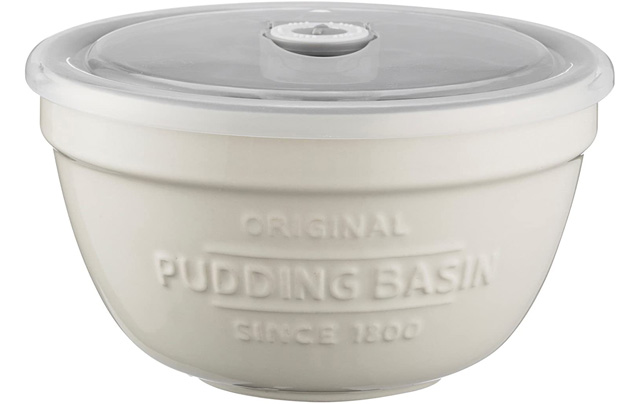
Mason Cash Innovative Kitchen Stoneware Pudding Basin
This basin comes with an airtight lid and use-by date tracker. Sounds fancy – that's because it is. This generously-sized pudding basin from Mason Cash makes it easier to steam desserts in a pan or microwave. And you can't go wrong at £11.50.
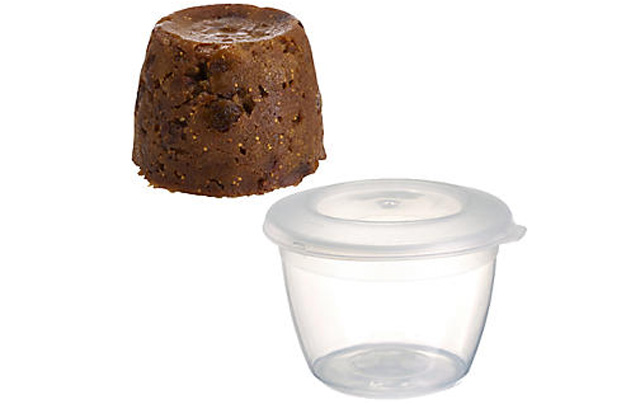
Lakeland Lidded Pudding Basins
These hardwearing pudding bowls come as a pack of four, are fridge, freezer, and microwave safe, and cost just £4.99.

Mason Cash Pudding Basin
This classic ceramic pudding basin from Mason Cash is included in a range exclusive to John Lewis. Inspired by English heritage, it conjures up mid-19th century sculleries and traditional baking. At £20 it's on the pricier side, but it's worth it for something so aesthetically pleasing.

Cornishware Pudding Basin
This iconic design will fulfill all your steamed pud needs. It's £28 but it's a bowl you can use all year round and it's attractive enough to be on display in your kitchen.
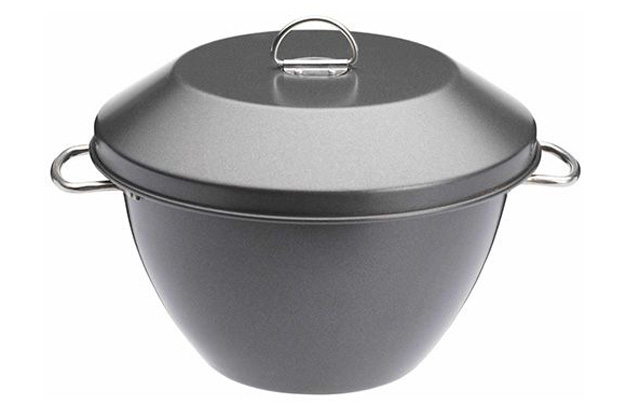
Master Class Non-Stick Pudding Steamer
For less than £20 you can buy a professional standard, non-stick pudding steamer from KitchenCraft. It offers a double Quantum II non-stick coating which is silicone-based, meaning it's PFOA and PTFE free.

Jessica Dady is Food Editor at GoodtoKnow and has over 12 years of experience as a digital editor, specialising in all things food, recipes, and SEO. From the must-buy seasonal food hampers and advent calendars for Christmas to the family-friendly air fryers that’ll make dinner time a breeze, Jessica loves trying and testing various food products to find the best of the best for the busy parents among us. Over the years of working with GoodtoKnow, Jessica has had the privilege of working alongside Future’s Test Kitchen to create exclusive videos - as well as writing, testing, and shooting her own recipes. When she’s not embracing the great outdoors with her family at the weekends, Jessica enjoys baking up a storm in the kitchen with her favourite bakes being chocolate chip cookies, cupcakes, and a tray of gooey chocolate brownies.
-
 6 surprising ways I’ll be using my Christmas leftovers this year - and #3 is spot on for Boxing Day
6 surprising ways I’ll be using my Christmas leftovers this year - and #3 is spot on for Boxing DayI'm a Food Writer, and this is how I make the most of my Christmas leftovers, from excess turkey to cold veggies...
By Lara Kilner
-
 Gingerbread cuckoo clock
Gingerbread cuckoo clockA festive project that doubles as a decoration with the ultimate wow factor!
By Rose Fooks
-
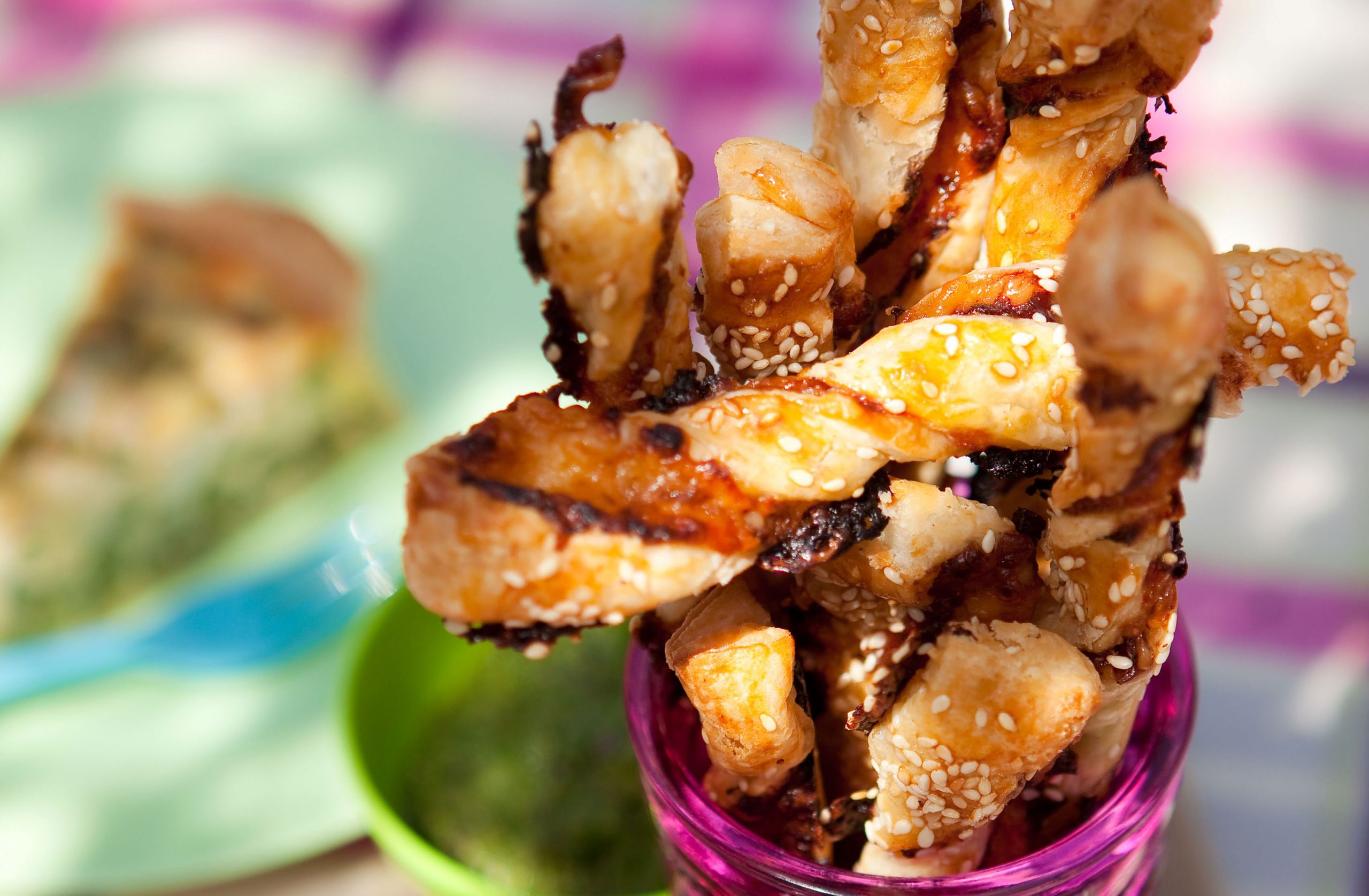 Cheese and pickle straws
Cheese and pickle strawsThis cheese and pickle straws takes a simple party staple and ramps it up a level by adding a twist of tangy pickle to the mix.
By Octavia Lillywhite
-
 Espresso Martini chocolate pots
Espresso Martini chocolate potsWhizz these Espresso Martini chocolate pots up in 10 minutes for your dinner party – a perfect, lightly boozy dessert...
By Jess Meyer
-
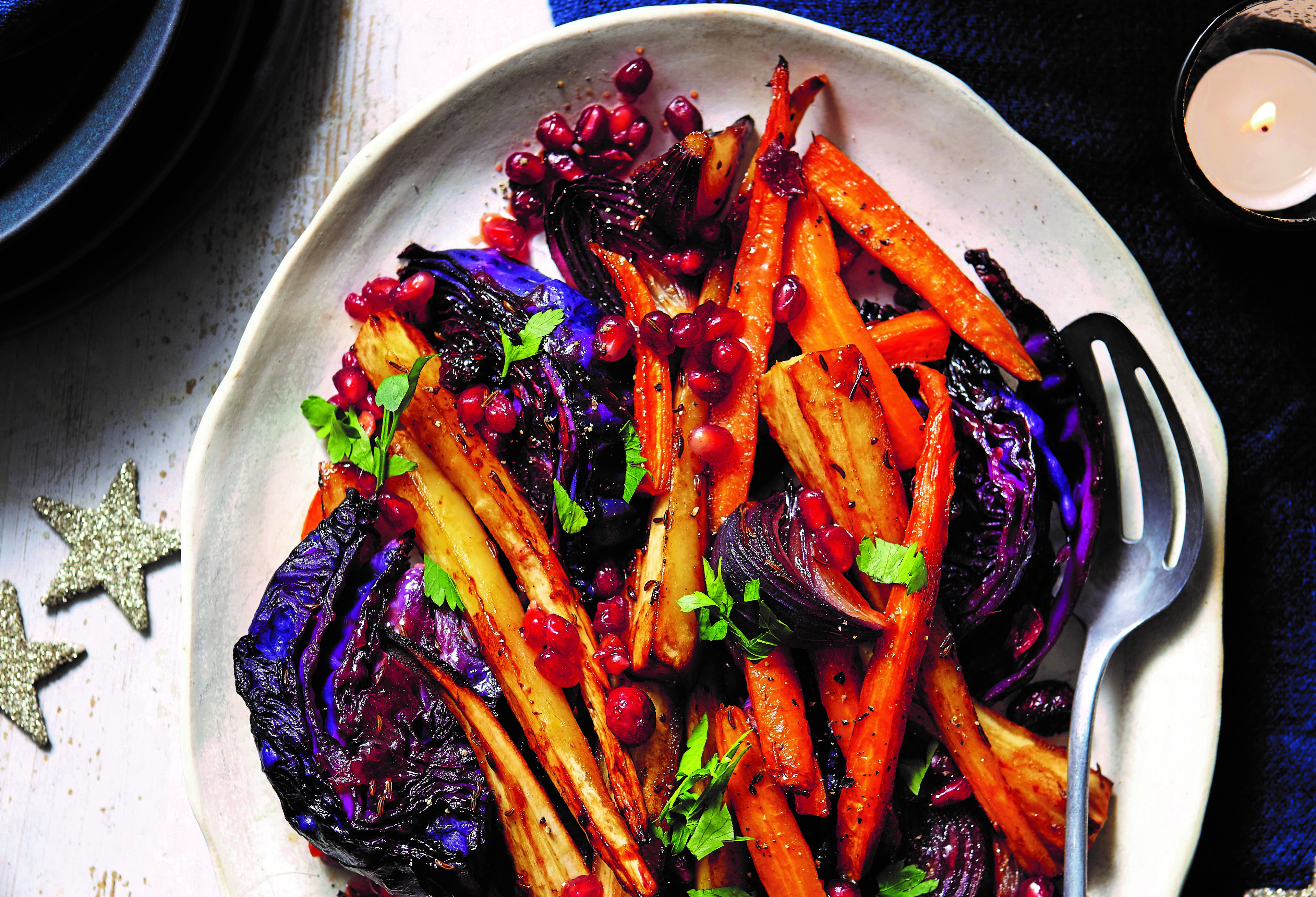 Roast red cabbage, carrots and parsnips with cranberry glaze
Roast red cabbage, carrots and parsnips with cranberry glazeOur cranberry glaze adds gloss and sweetness and elevates roast veg to something truly special...
By Jess Meyer
-
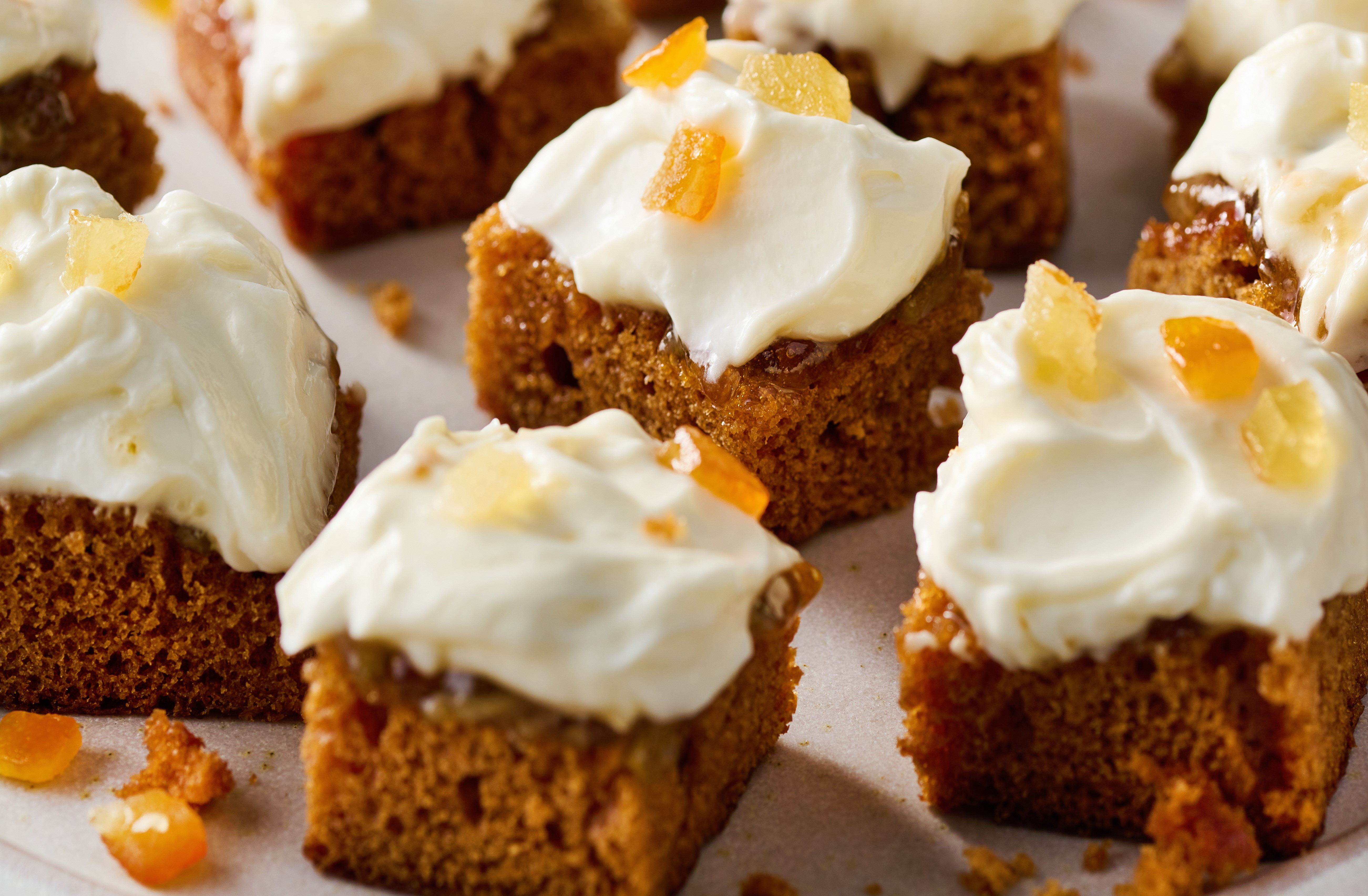 Mini gingerbread cakes
Mini gingerbread cakesIt takes just 10 mins to make mini gingerbread cakes. Jazz up a shop-bought cake with frosting, candied peel, and ginger for a delectable nibble...
By Rose Fooks
-
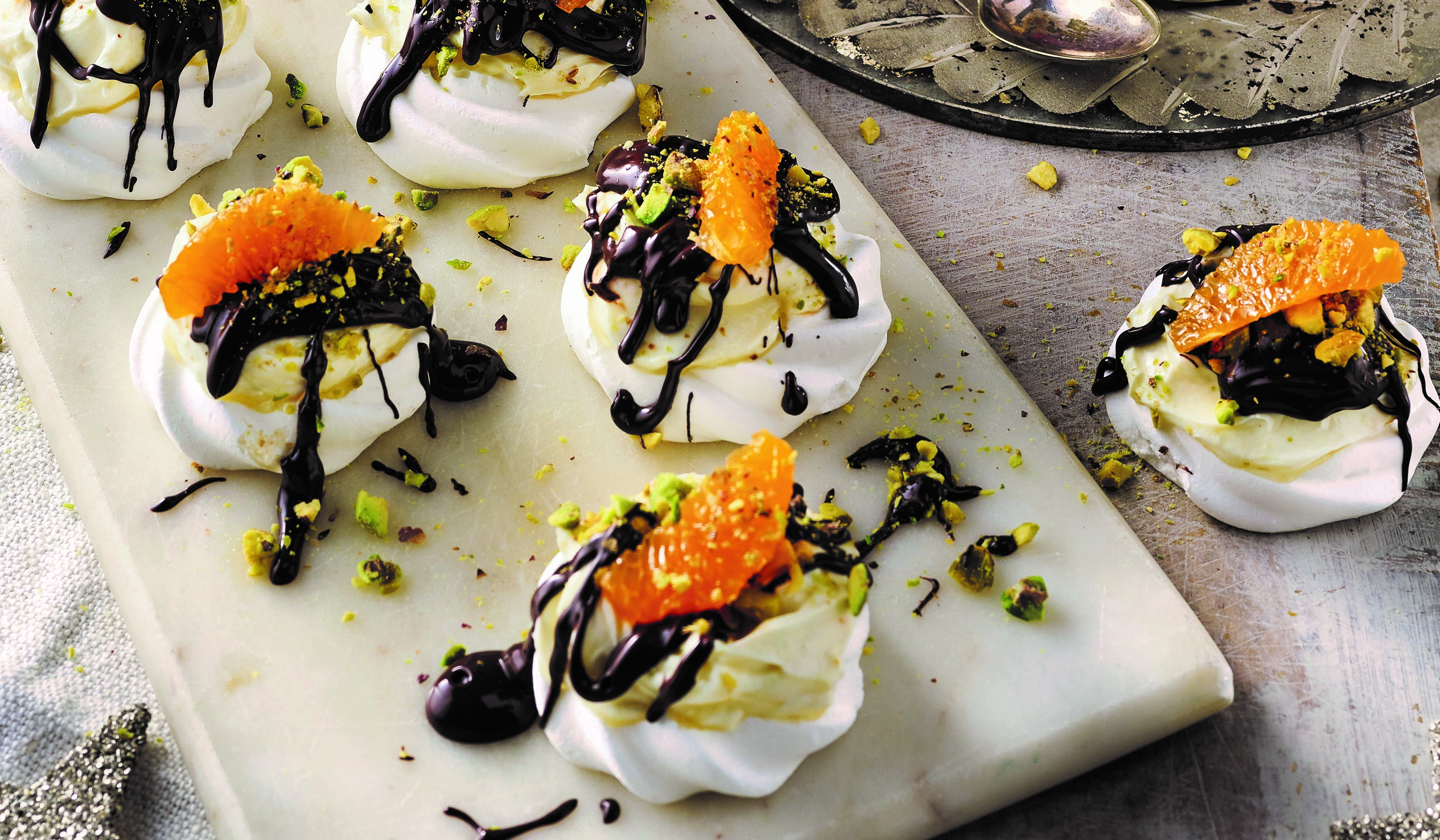 Mini clementine pavlovas
Mini clementine pavlovasWhip up a batch of these deliciously sweet mini clementine pavlovas - these tiny meringues are the ideal way to end your party...
By Rose Fooks
-
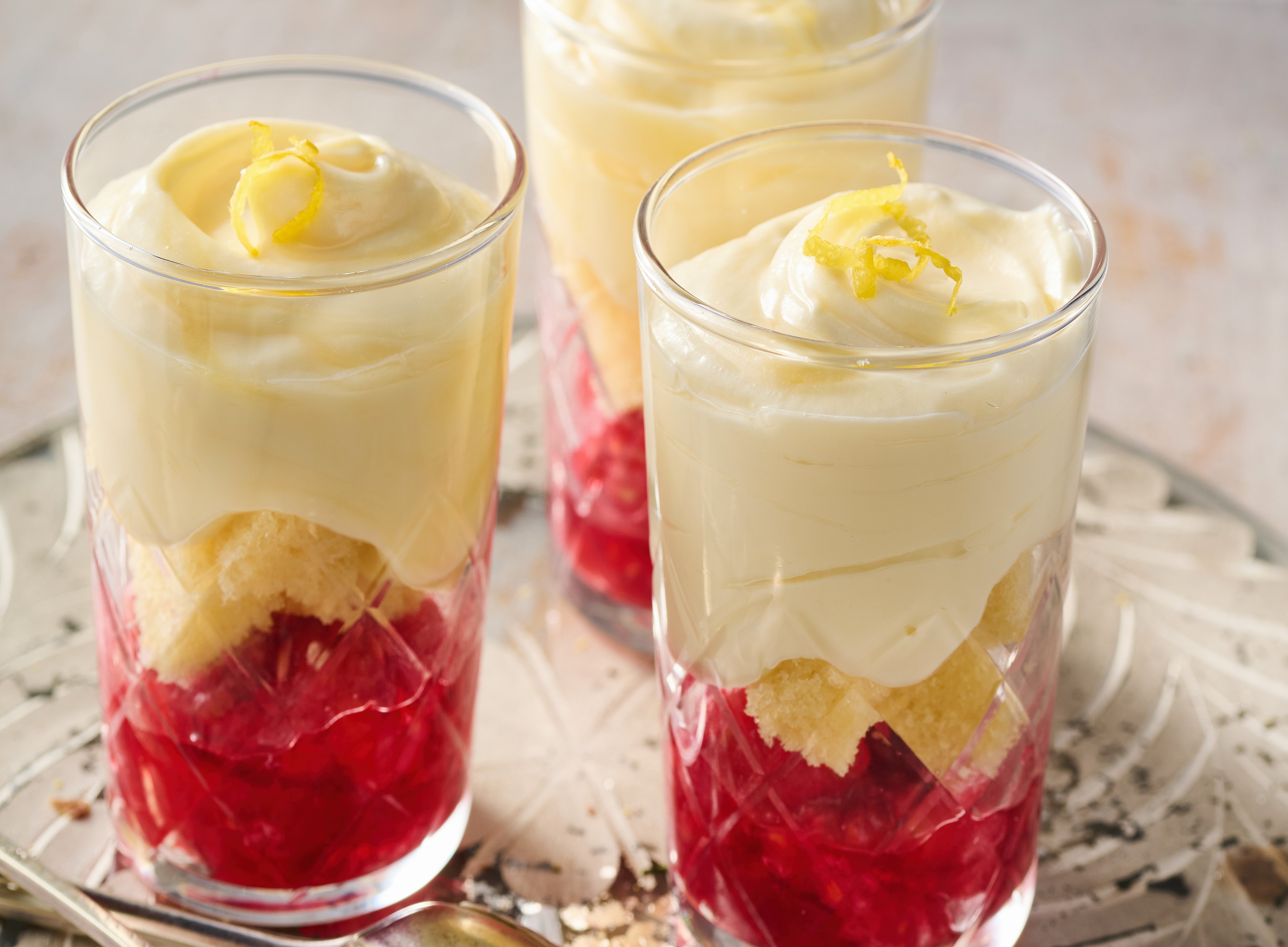 Mini trifle shots
Mini trifle shotsA wonderful sweet canapé, these cute mini trifle shots will be a popular choice – and they’re so easy to make...
By Rose Fooks